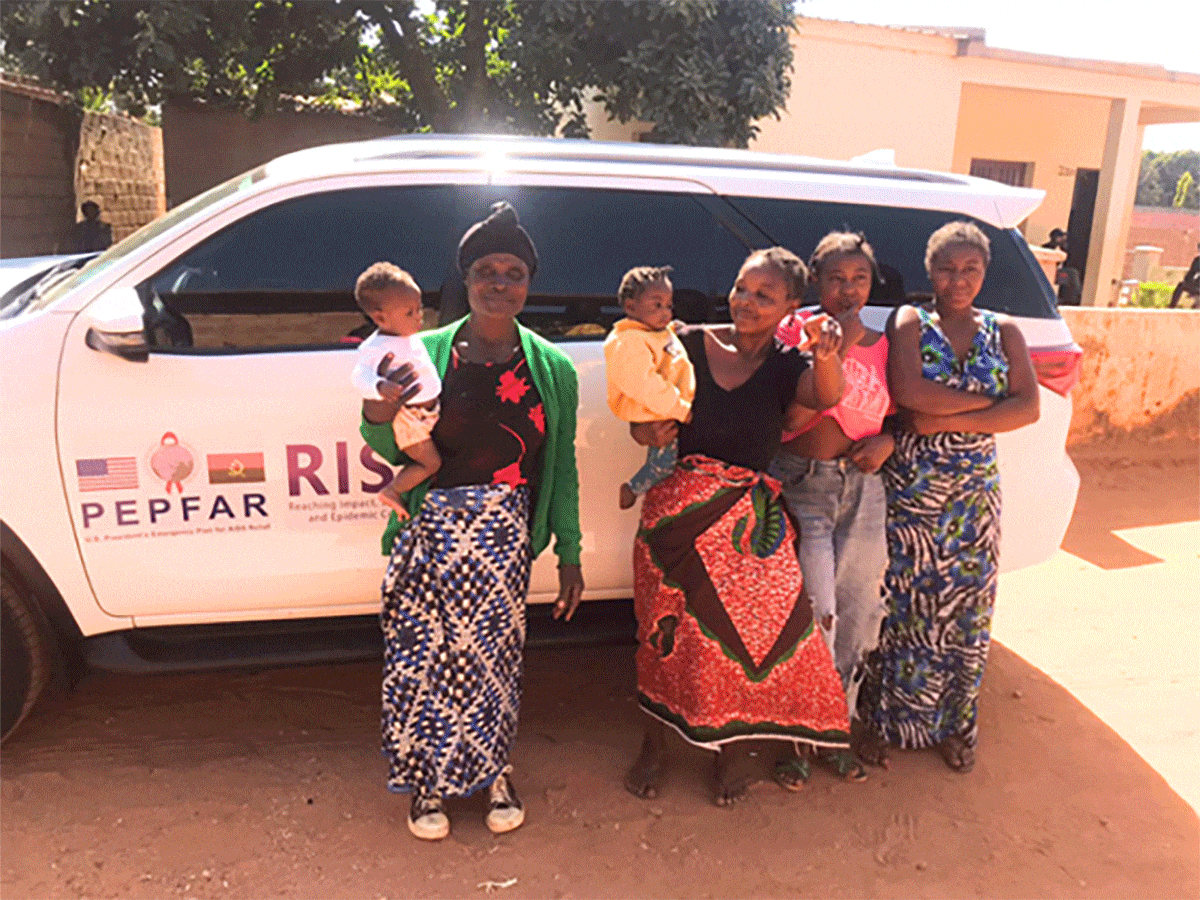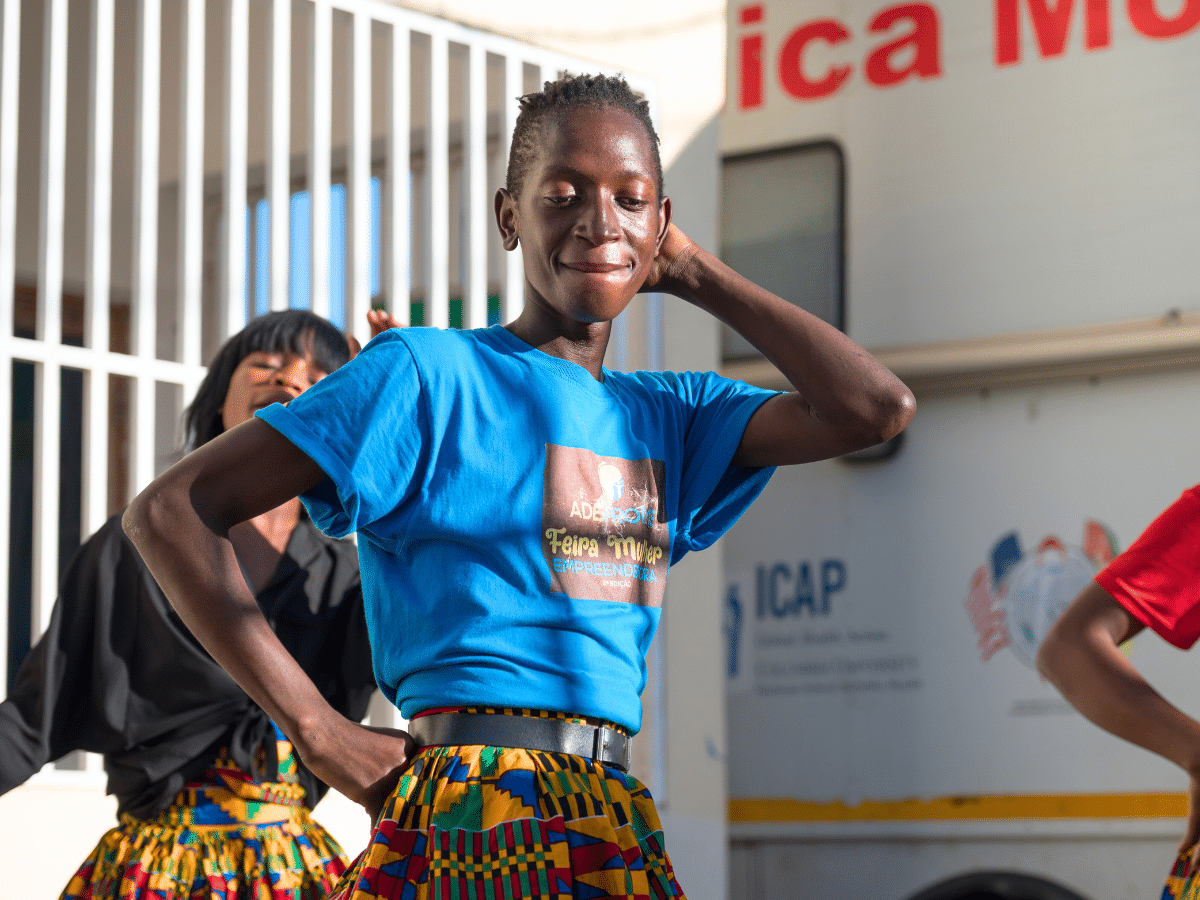ICAP is part of a network of research organizations that jointly released study results finding that the HIV infection rate of black women living in certain parts of the U.S. is five times higher than the overall rate of infection among black women estimated by the U.S. Centers for Disease Control and Prevention (CDC).
The HIV Prevention Trials Network’s (HPTN) 064 Women’s HIV Seroincidence Study found an HIV incidence of 0.24% in its study cohort of 2,099 women (88% black). Results are based on a study design that selected HIV ‘hot spots,’ i.e. geographic areas of the U.S. with elevated rates of HIV and poverty. Six distinct geographical areas in the northeast and southeast regions of the U.S. were selected—Atlanta, GA, Raleigh-Durham, NC, Washington, D.C., Baltimore, MD, Newark, NJ, and New York City —where women, ages 18 to 44, without a prior positive HIV test were eligible for enrollment.
Within ICAP’s consortium of clinical research sites, the HPTN 064 study was conducted at three New York-New Jersey sites: ICAP’s Harlem Prevention Center, the Bronx-Lebanon Hospital Center, and the New Jersey Medical School Adult Clinical Research Center. Investigators for the study included Drs. Wafaa El-Sadr, ICAP Director; Jessica Justman, ICAP Senior Technical Director; Sharon Mannheimer, Chief of Infectious Diseases at Harlem Hospital Center; Edward Telzak, Chief of Infectious Diseases/Director of AIDS Program at Bronx-Lebanon Hospital Center; and Sally Hodder, Vice Chair, Department of Medicine and Director, HIV/AIDS Program in the Division of Infectious Diseases at UMDNJ.
“This study confirms that black women in these U.S. hotspots have disproportionately been affected by HIV. While we have made significant progress in HIV/AIDS prevention, care, and treatment, our way forward must include prevention efforts tailored for these communities that are severely affected,” said Dr. El-Sadr, who is also professor of Epidemiology at Columbia’s Mailman School of Public Health and professor of Medicine at the College of Physicians and Surgeons.
Women constitute roughly one-quarter of new HIV infections in the U.S. with 66% of these infections occurring among black women, despite the fact that black women constitute only 14% of the U.S. female population. In the U.S., the age-adjusted death rate of black women with HIV is roughly 15 times higher than that observed for HIV-infected white women.
Thirty-two women in the study (1.5%) were newly diagnosed with HIV infection at the time of enrollment, demonstrating the need to focus efforts on expanding HIV prevention and testing in hot spot areas of the US. “The study underscores the substantial ongoing HIV transmission within specific U.S. populations and highlights the need for increased focus on areas with higher HIV prevalence,” said Dr. Justman, who is also associate professor of clinical epidemiology at the Mailman School.
The HPTN 064 (ISIS) study is funded by the National Institute of Allergy and Infectious Diseases (NIAID) of the National Institute of Health. Study participants were enrolled between March 2008 and July 2010.








